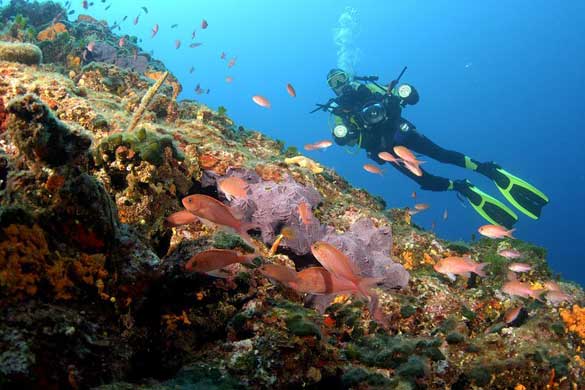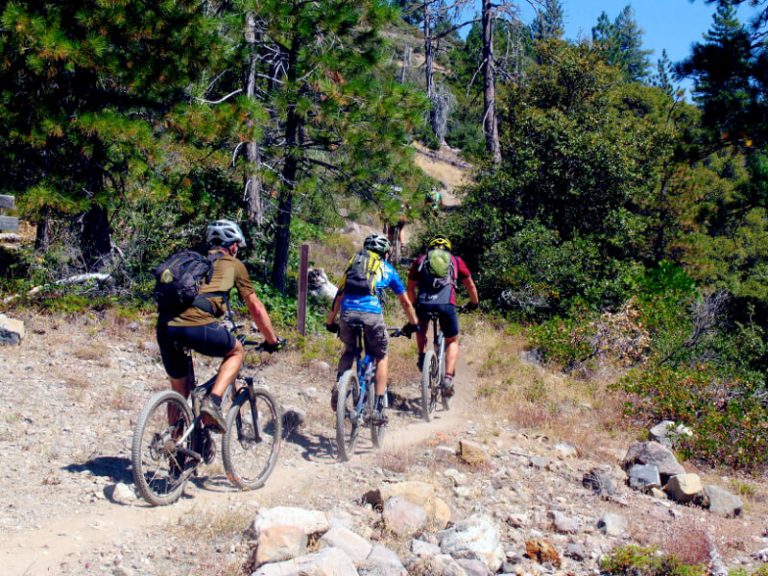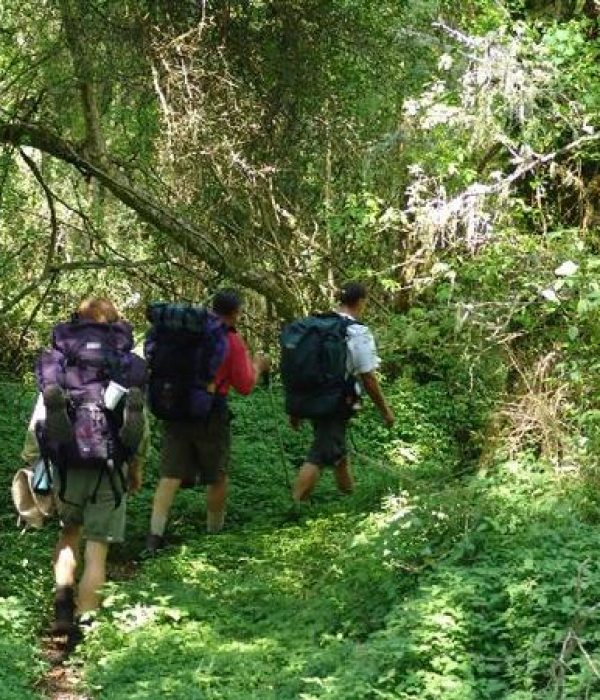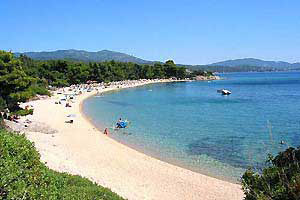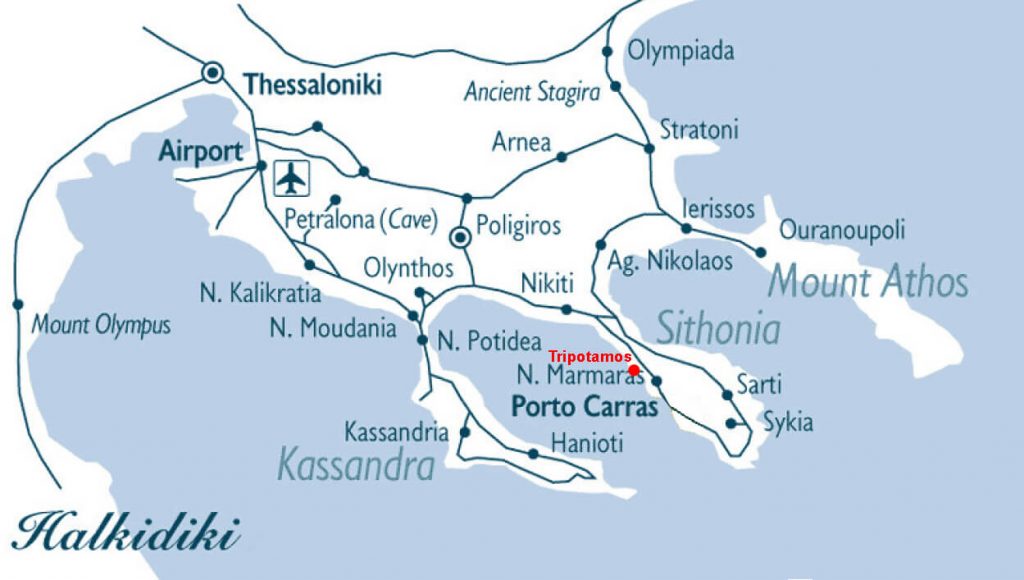Halkidiki is the ultimate vacation destination, both in the summer and the winter. It is located relatively close to Thessaloniki, which is the second major city of Greece – Capital of North Greece and the Balkans. Thessaloniki has an International airport connected with major European and other destinations. Thessaloniki has also a major Port to depart in other Greek Island destinations and road access to Halkidiki and major highway roads to other parts of Greece and other neighboring countries.
Toroni - Sithonia - Halkidiki
Modern Toroni from a fishing and agro farm village, with few local natives and houses, has start being the summer resort for people from Thessaloniki mainly. In the recent years is being transforming into a must to visit leisure resort.
The long beach with the blue turquoise clean waters, with the thick sand is from the most desirable beaches to be and swim. The green hills with the deep green of the pine trees and the long seashore, is creating a paradise atmosphere and an excellent dry climate that provides you the best conditions to live in.
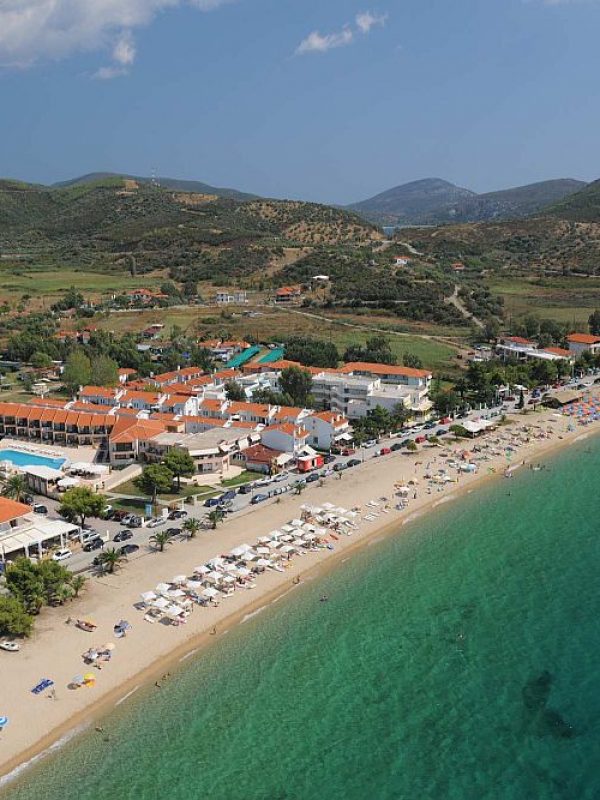
Apart of few small to medium size hotel facilities the majority of the housing is smaller enterprises with rooms, apartments and villas to rent. This has promoted Toroni to a must visit and stay place due to this nature of leisure, where you may enjoy your privacy but also easy to contact with people and create new friendships.
There are romantic traditional fish taverns and local souvlaki, gyros and pizza restaurants, but you can also find restaurants with fine gourmet cuisine. Café bars to enjoy breakfast, coffee and your evening drink. Small individual beach bars for swimming and your indolent beach leisure and relaxation. In nearby places you may find isolated beach bars with music, drinks and snacks.
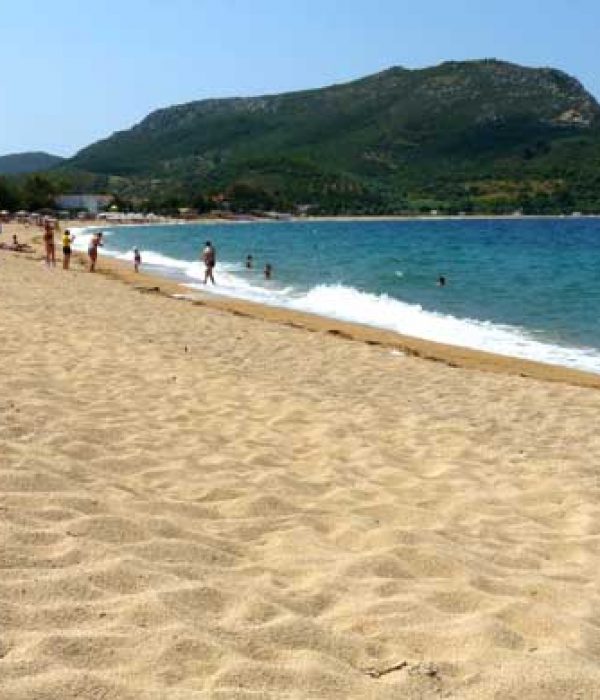
Beaches
Blue flag awarded beaches
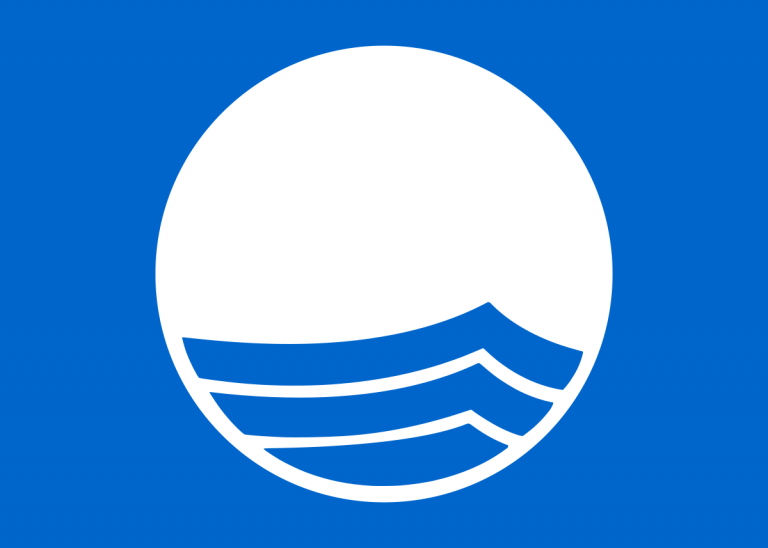
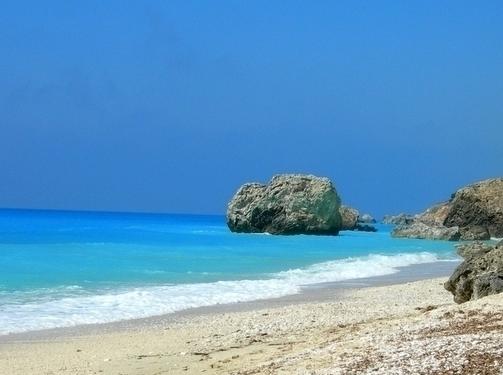
Kalamitsi beach is a beautiful coved beach about 500 meters long. The village of Kalamitsi has been developed just behind the beach. With beautiful soft sand and calm waters, this is a delight for water sports. One of the best spots for diving in Halkidiki is found here. Kalamitsi has everything to offer from restaurants, beach bars to mini markets and water activities.
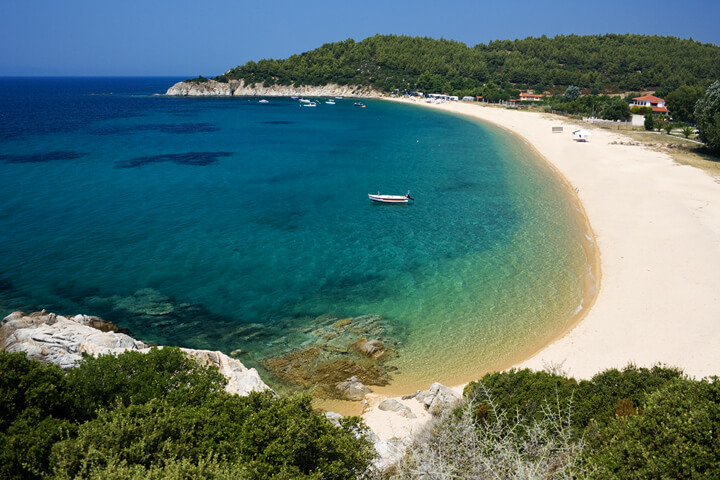
The 3,5 km long sandy beach of Toroni combines the blue waters with the amazingly green forested countryside filled with pine trees and olive groves. The beach offers spectacular views of the Toroneos bay and the vast Aegean Sea. The beach is sandy with fine gravel, which makes it ideal of families. Its blue crystalline waters have righteously made it one of Greece’s finest beaches and a must visit beach of Halkidiki and now it becomes a preference to tourists from worldwide parts. It is awarded with a blue flag and has a lifeguard at all times.
Tristinika is a sandy beach near Toroni in Sithonia Halkidiki. The beach is more than 1 km long with sand and crystal clear waters. Access might be a bit tricky without a 4×4 car.
The beach of Porto Koufo is small, but beautiful set in a natural surroundings of dense vegetation. Porto Koufo is one of the biggest and safest natural port in Greece, which is referred by Thucydides as ‘’kofos limin’’, which means ‘’deaf port’’. Many yachts are visiting the Porto Koufo for harboring or try the ports fish taverns. It is the center of the fishing trade in Sithonia. It is very close to Toroni and away 80 km south east of Polygyros city, the capital of Halkidiki prefecture. You can find boats departing from Porto Koufo port to some of the most popular Halkidiki sights and beaches. The area around the village is ideal for trekking. Every year, in September, Porto Koufo hosts the Festival of the Tuna.
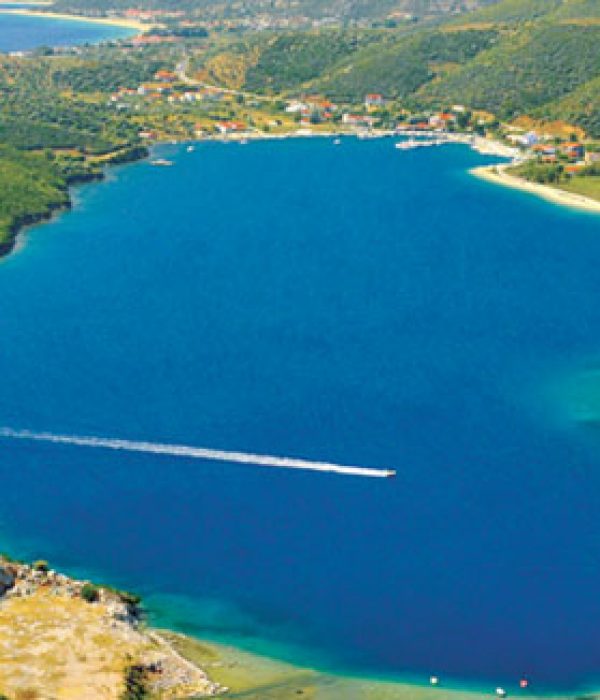
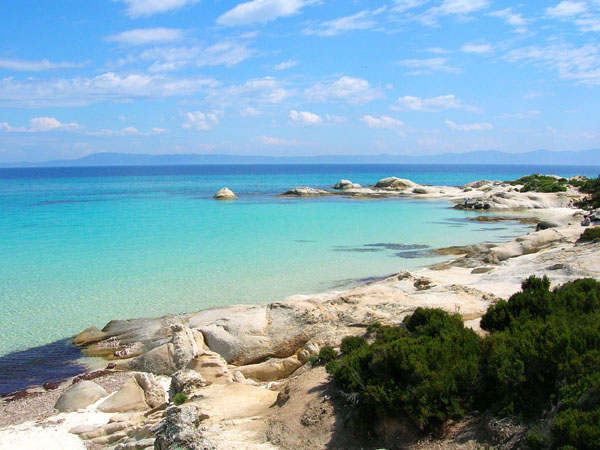
This is not a single beach. It is a long rocky coastline on the east side of Sithonia, interrupted by small enclaves of well hidden sandy beaches thus creating an astonishing natural environment especially when explored by boat. Kavourotrypes are famous as a remote and not well-known place. It is said to be a hidden paradise. Nevertheless you should give emphasis on the word “famous”. This means not so “not well-known” anymore. Expect to find a lot of people enjoying the turquoise water and the white rocks, especially during high season. However, the place is magnificent one way or another. And it is not so crowded as some other popular beaches in Sithonia.
Sightseeing
Sightseeing in Sithonia is not just limited to the beaches. In Sithonia and Halkidiki are several points of interest that will make your Holidays unforgetable!
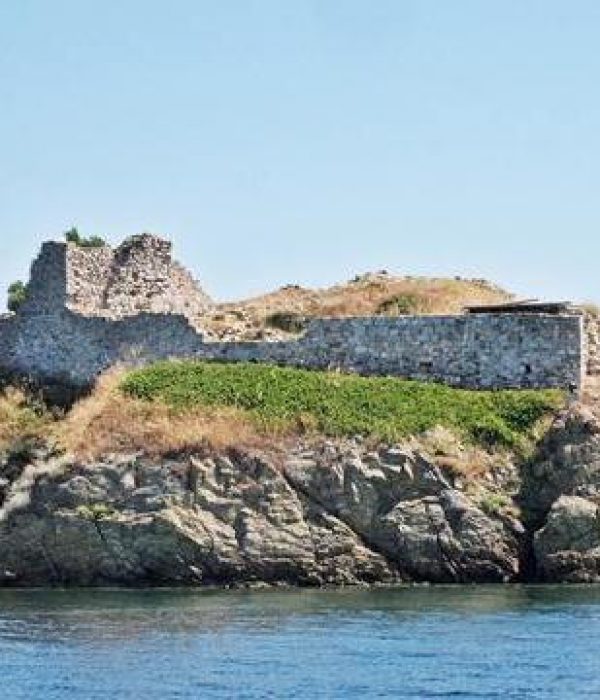
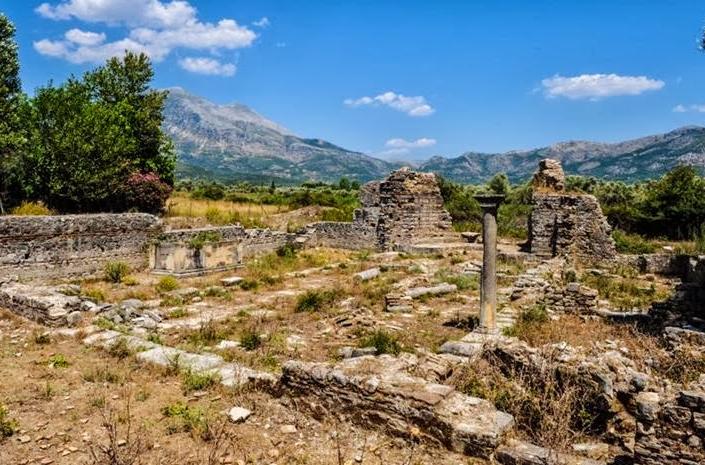

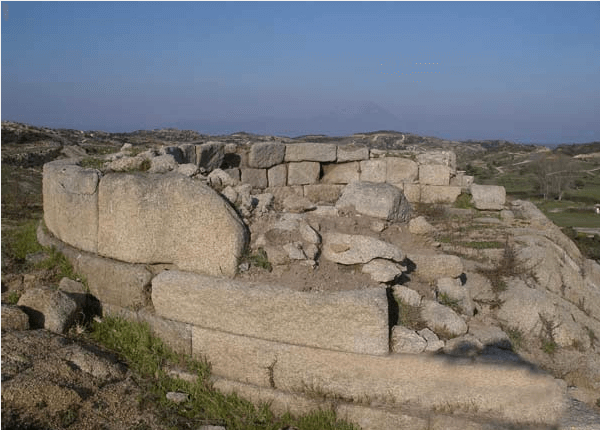
Touring
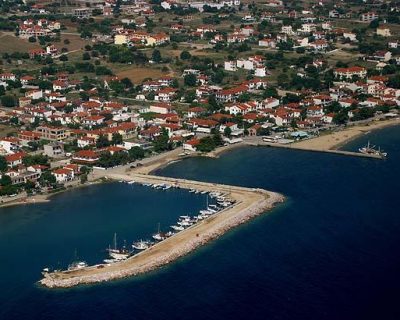
Nikiti
Nikiti (Greek: Νικήτη) is a village located 40 kilometers (24 miles) north-west from Toroni on the Halkidiki peninsula in Macedonia, Greece. It is the seat of the municipal unit of Sithonia. The old part of Nikiti is located on the hilly area a few hundred meters from the sea, with a church at the highest point of the village. There existing beautiful stone made houses with interesting architecture. In the 1950s the village started to expand downwards to the coast significantly. In the 1970s the coastal plain was included into plans for village's development and many new buildings were built there. The most important economic sector in Nikiti is tourism. Other important economic activities in Nikiti are beekeeping and olive growing.
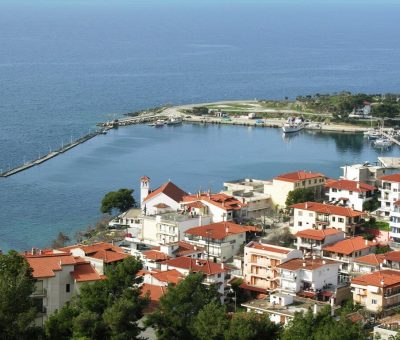
Neos Marmaras
Neos Marmaras (New Marmara) is a village on the Sithonia peninsula, in the Halkidiki peninsula, Greece. In 2001, Neos Marmaras had 2,854 permanent residents; however, the summer-time population has been estimated at 20,000.The main industries are tourism, agriculture (olives, wine, and honey), and fishing. Situated on three shoreline hills, below the two mountains, Itamos and Dragoudeli (singing mountain), Neos Marmaras is located 125 km (78 miles) from Thessaloniki, and 20,5 km (12 miles) from Toroni.
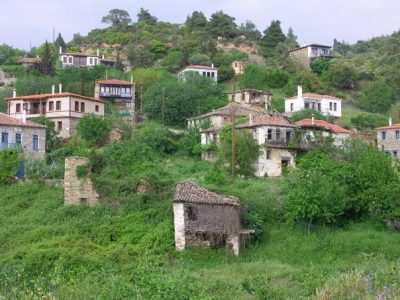
Parthenon, traditional mountain village
Parthenonas, only 5 km away from Neos Marmaras, was referred to as Parthenopolis, Partheni or Parthenionas since ancient times. Contemporary researchers tend to accept that the old, Byzantine Parthenonas and the current one, founded during the Ottoman era, were not at the same place. The ancient city of Parthenopolis, however, may have been situated very close to the current location of the settlement. The architecture and the ribbon development of Parthenonas preserve the atmosphere of the previous century. Parthenonas is under protection by state and E.U. law as it is considered a traditional settlement of unique architecture and constitutes the right choice for those who wish to explore the Dragoudelis slopes and enjoy the pleasant climate and panoramic views. A growing number of travellers is attracted by its beauty and, these days, visitors may find many restaurants and guesthouses. Also located there is the old chapel of Agios .Stefanos and the folklore museum, where they may experience the distillation of tsipouro, a local spirit drink.

Sykia
Sykia is one of the biggest villages in Sithonia, and it is located 10 km (6 miles) away from Toroni. It is situated on the southeastern side of the peninsula and is famous for its long beach and its history as well, since in Sykia have been excavated findings from the 11th century BC. The old settlement is an excellent example of traditional architecture of the 19th century. The 2300 inhabitants are mainly engaged in tourism, fishing, agriculture and stickraising.

Sarti
Sarti is situated on the Eastern shores of Sithonia. It was named after the Ancient city of Sarti, probably situated in the same area. The name "Sarti" can be found in the writings of Herodotus. It was visited by Xerxes' expeditionary forces. Ancient Sarti was a member of the Athenian Alliance. Today Sarti is a holiday resort that combines the beauty of mountain and sea, crystal clear waters, white sandy beaches and secluded coves that enchant the visitor, leaving him with unforgettable memories. The area is ideal for all kinds of watersports.
Entertainment
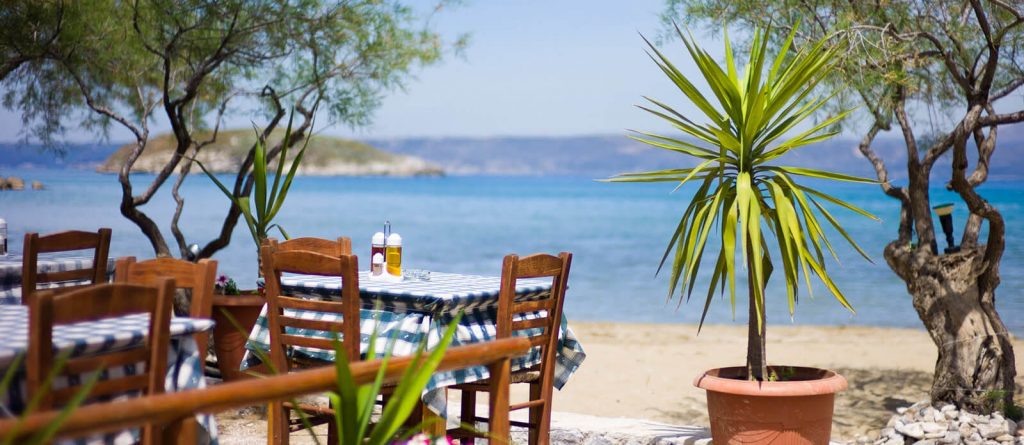
Sports - Activities
